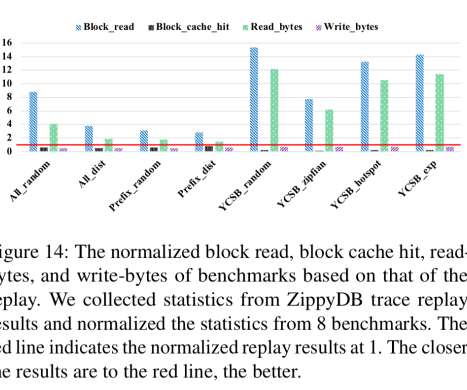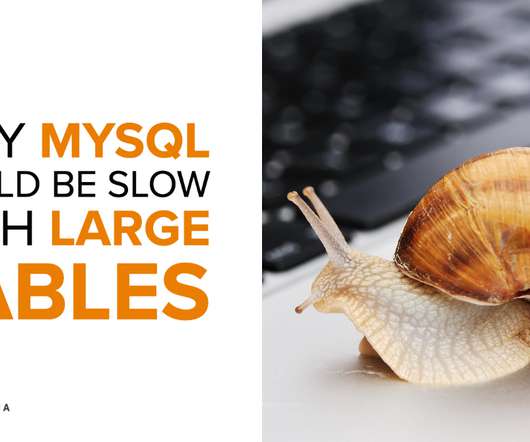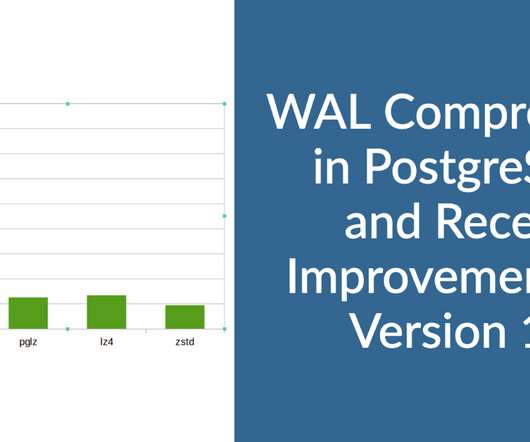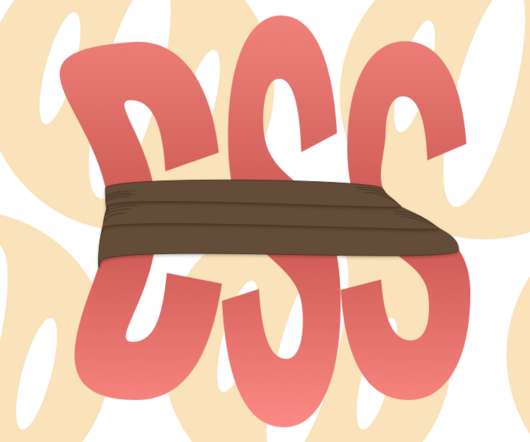MySQL on Azure Performance Benchmark – ScaleGrid vs. Azure Database
Scalegrid
AUGUST 26, 2020
MySQL is the number one open source database that’s commonly hosted through Azure instances. MySQL Azure Performance Benchmark. In this benchmark report, we compare MySQL hosting on Azure at ScaleGrid vs. Azure Database for MySQL across these three workload scenarios: Read-Intensive Workload: 80% reads and 20% writes.









































Let's personalize your content